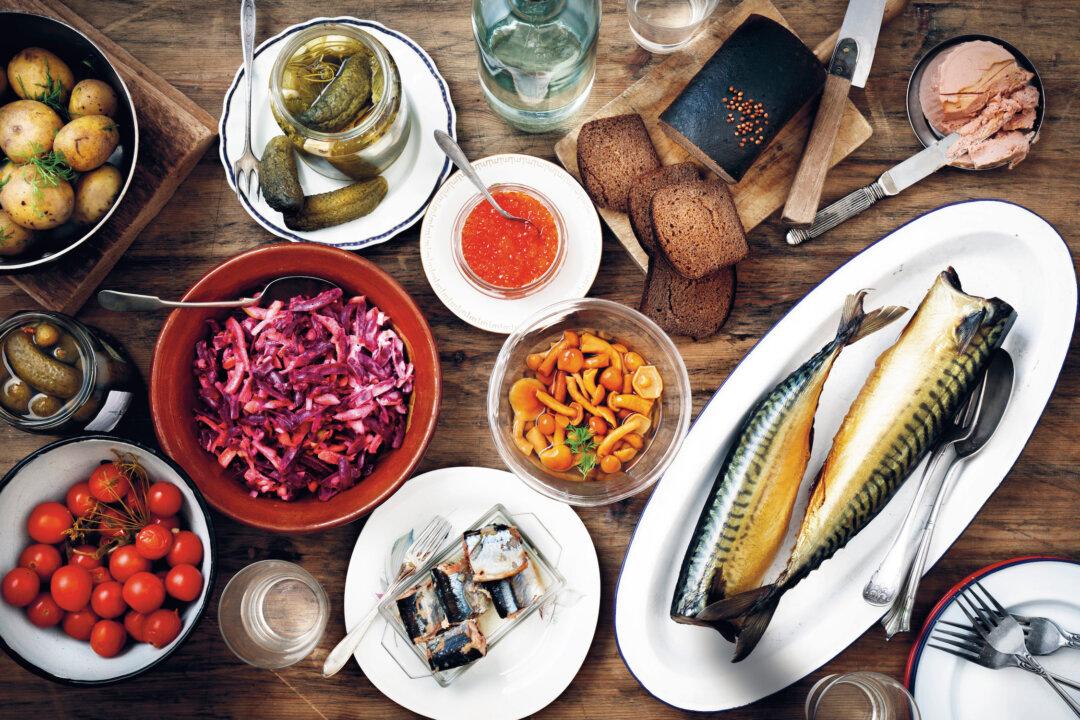The Kola Peninsula is not the kind of place you end up in by accident. This northwestern corner of Russia, a land of frozen tundra and bitter cold arctic winds, lies at one of the very ends of the earth, stretching into the Arctic Ocean and straight toward the North Pole.
But it was no accident that Darra Goldstein, a Russian cookbook author and food scholar, found herself 200 miles north of the Arctic Circle in February—in the dead of the merciless Russian winter. She was there, as she puts it in her recently released book, “deliberately chasing the past.”






